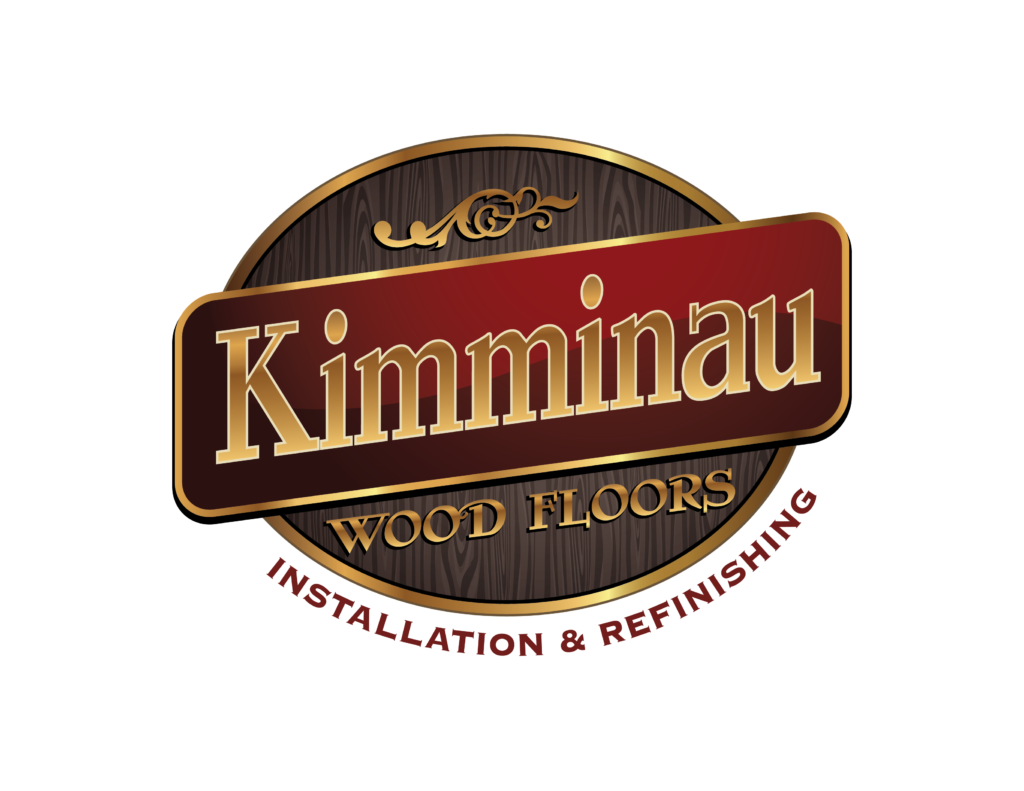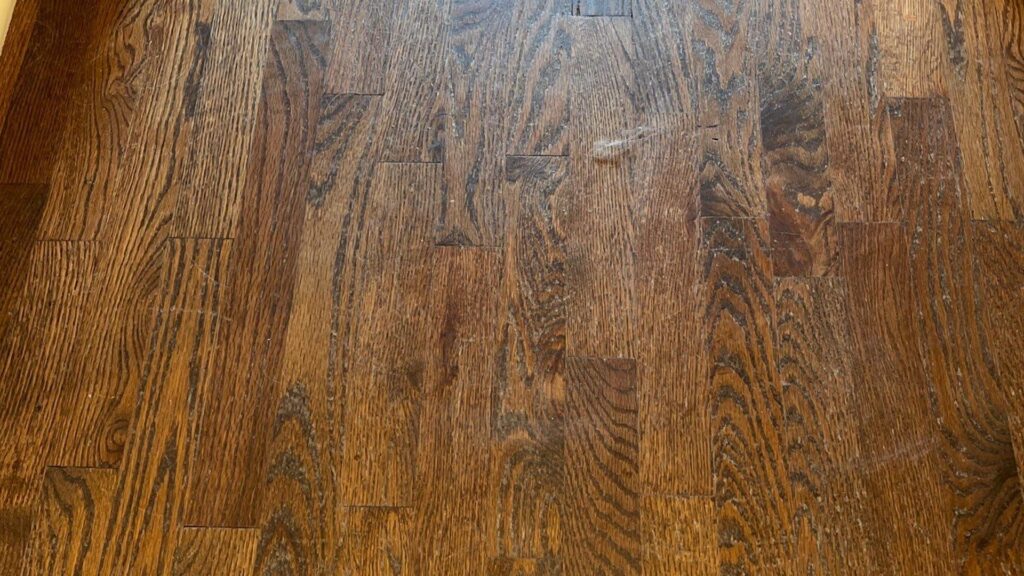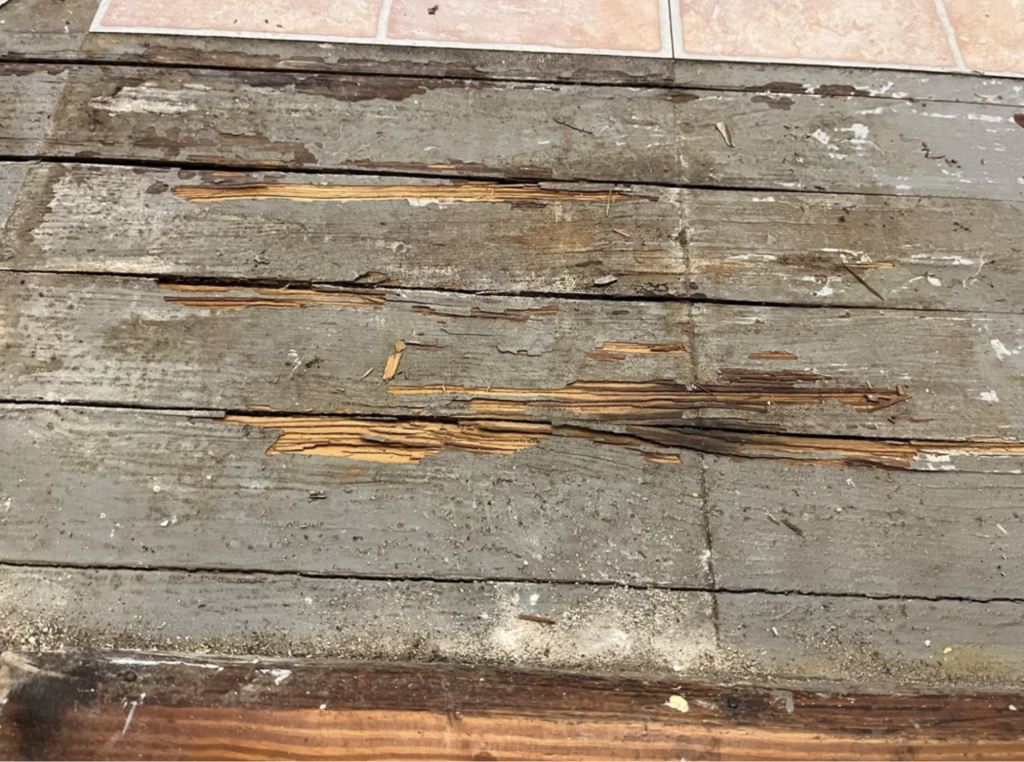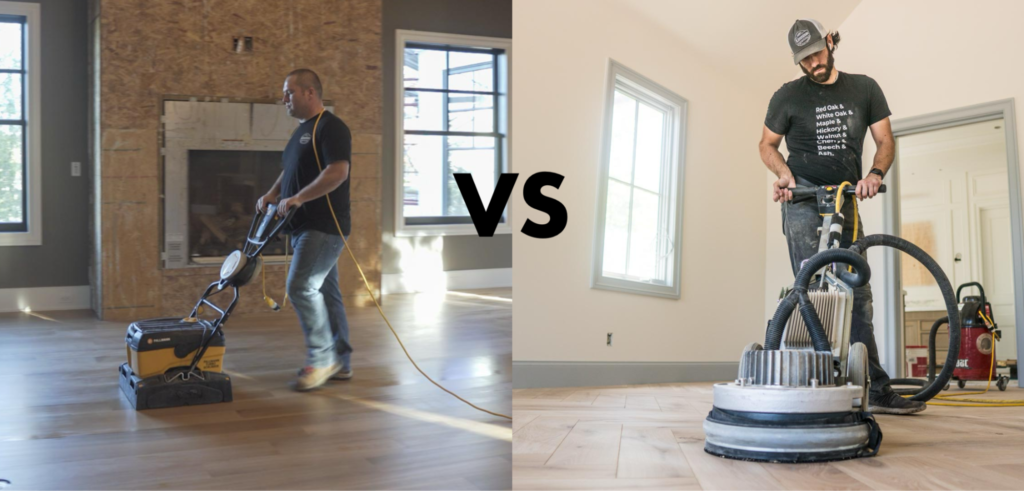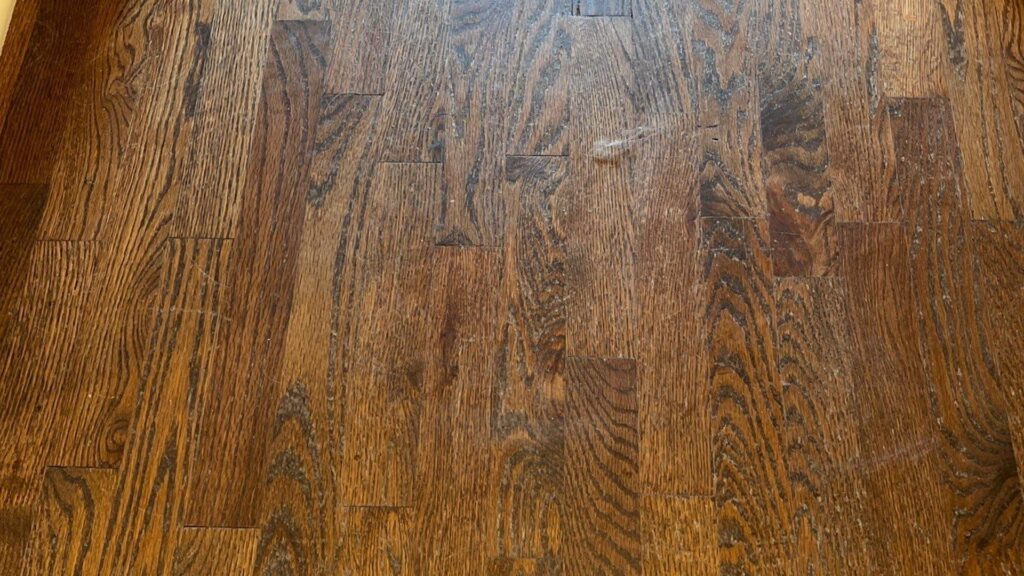Hardwood floors are an exquisite addition to any home, but over time, they may develop scratches that can diminish their beauty. Whether from pets, furniture, or everyday foot traffic, scratches are a common issue. The good news is that many scratches can be remedied with the right approach. In this blog post, we’ll explore the best methods to remove scratches from your hardwood floors and restore their natural allure.
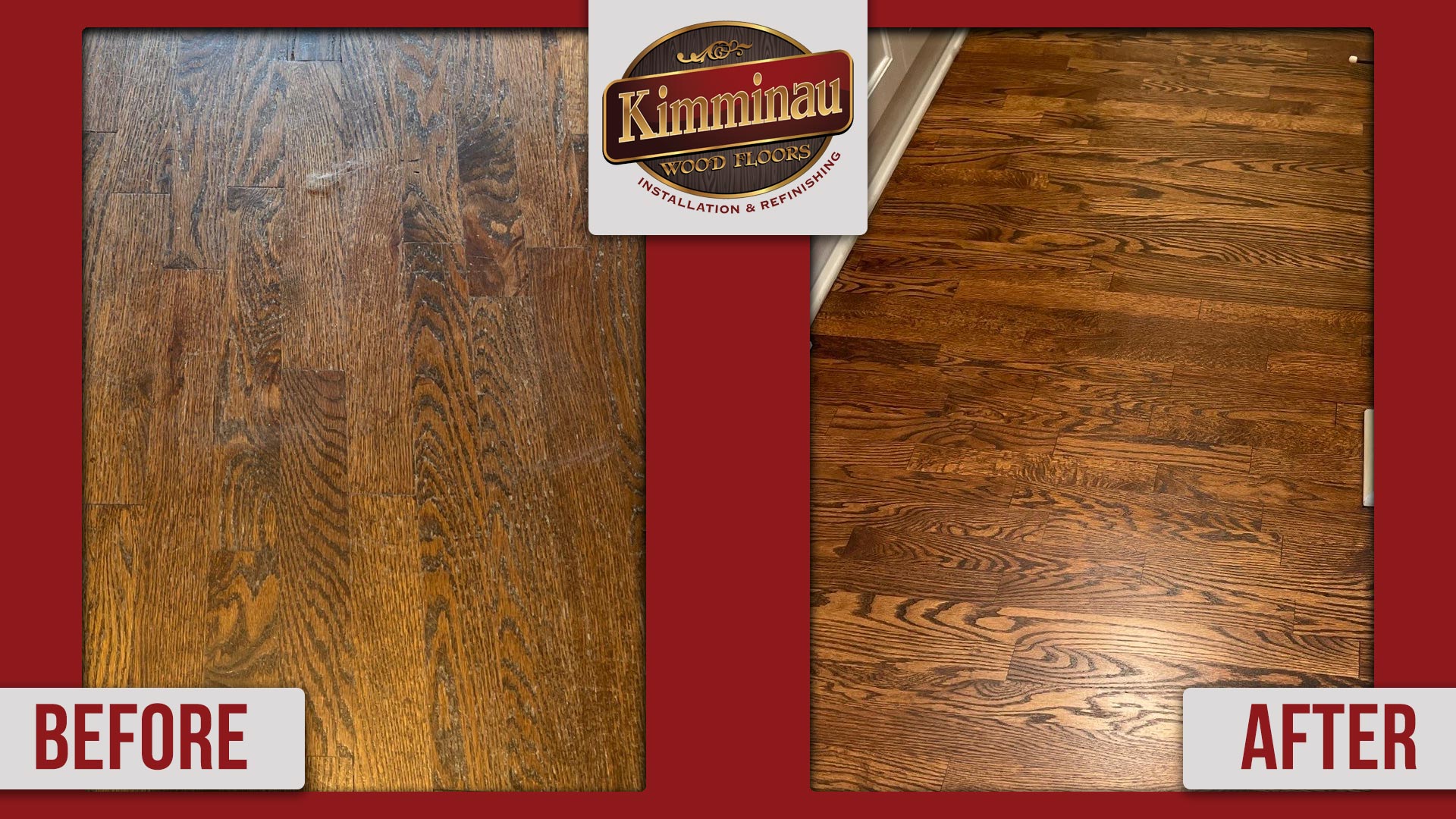
Understanding Hardwood Flooring
Hardwood flooring is a timeless choice for both homes and offices, offering a blend of elegance and durability that few other materials can match. There are two main types of hardwood flooring: solid hardwood and engineered wood. Solid hardwood is crafted from a single piece of wood. Engineered wood is made from multiple layers of wood, which makes it more resistant to moisture and temperature changes. This versatility makes engineered wood an excellent option for areas where solid hardwood might not be suitable.
Hardwood flooring comes in various species, each with its unique characteristics and benefits. Oak, for instance, is known for its strength and classic grain patterns, while maple offers a lighter, more contemporary look. Cherry wood, with its rich, warm tones, adds a touch of luxury to any space. Understanding these differences can help you choose the perfect hardwood flooring to match your style and needs.
Common Causes of Scratches on Wood Floors
Scratches on wood floors are an all-too-common issue – They are the rule, not the exception. Every hardwood floor will eventually acquire some. Everyday wear and tear, such as foot traffic and moving furniture, will gradually mar the surface. High heels and pet claws are notorious for causing scratches on wood floors, as their concentrated pressure can easily damage the finish. Additionally, shifting heavy furniture without proper protection can leave unsightly marks. Whenever possible, lift the furniure when moving, don’t push.
Water damage and improper installation are also culprits that can lead to imperfections. Moisture can cause the wood to swell and contract, leading to surface imperfections. Identifying the root cause of the scratches is crucial, as it will guide you in selecting the most effective repair method to restore your wood floors to their former glory.
Assess the Depth of the Scratches on Wood Floors:
Before diving into scratch removal, it’s crucial to determine the depth of the scratches. Surface-level scratches, often called “micro-scratches,” are minor blemishes that affect only the finish. Deeper scratches penetrate the wood itself and make indentions. Identifying the depth will guide your approach.
Micro-Scratch (Minor Wood Scratches):
Cause: Surface scratches or micro-scratches on hardwood floors typically result from the sliding or abrasive action of hard or sharp objects across the surface. This can include furniture legs, pet claws, high heels, or the movement of heavy items.
Characteristics: Scratches are often visible marks on the surface of the wood. They can vary in depth, with some being shallow and affecting only the finish, while others may penetrate deeper into the wood itself.
Repair: Repairing micro-scratches typically involves cleaning the affected area, light sanding to provide mechanical adhesion, and applying matching coat of finish. Depending on the floor layout and location of the scratch, a large section of the floor may need a coat of finish to properly blend the new finish coat. Our clean and coat service is a great solution for this type of scratch.
(Identifying the root cause of the scratches is crucial, as it will guide you in selecting the most effective repair method to restore your wood floors to their former glory and also keep damage from happening again)
Deep Scratches & Wood Floor Dents:
Cause: Dents in hardwood floors result from a localized impact or pressure on the wood surface. This can occur when heavy objects are dropped, furniture is dragged, or high-impact force is applied, such as from a sharp object.
Characteristics: Dents appear as depressions or indention in the wood surface. They are often more concentrated and can affect the wood fibers, causing a visible impression in the wood. High heels, sport cleats, dog nails, and refrigerator wheels are all common examples of things that cause indentions in your hardwood floors.
Repair: Repairing hardwood dents can be more challenging than scratches. It may involve filling the dent with wood filler, leveling the filler, and most commonly refinishing the area. In some cases, deep dents may require professional repair or even board replacement. Our refinishing service is the most typical solution this type of repair.
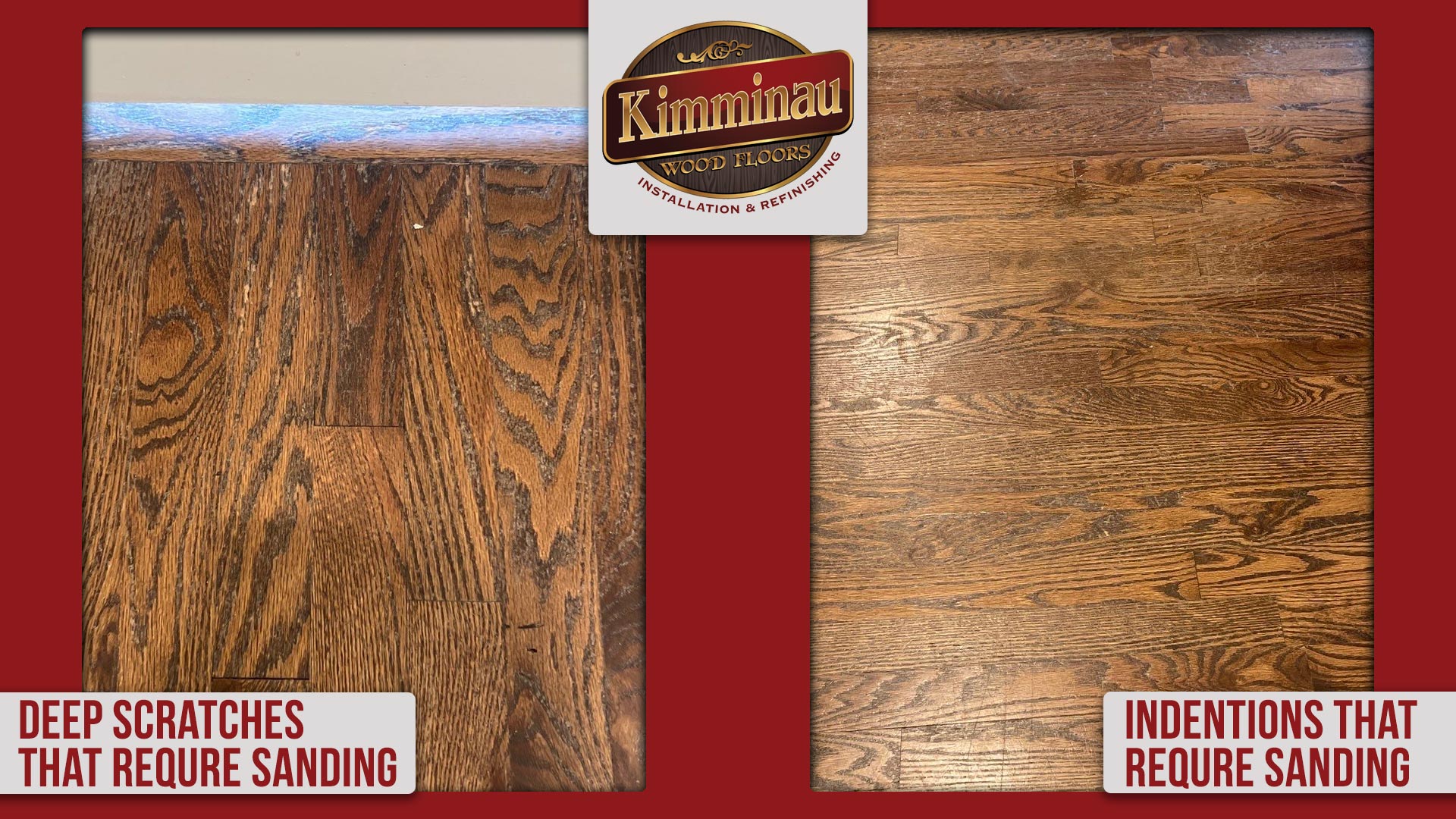
Maintenance Tips for Wood Floor Care
Keeping your wood floors in pristine condition requires regular maintenance and a few preventive measures. Here are some essential tips to help you maintain the beauty of your wood floors:
- Regular Cleaning: Sweep or vacuum your floors regularly to remove dirt and debris that can cause scratches. Use a soft cloth for cleaning and avoid harsh chemicals or abrasive cleaners that can damage the finish.
- Furniture Protection: Attach felt pads to the legs of your furniture to prevent scratching when moving items around. This simple step can significantly reduce the risk of damage.
- Rugs and Mats: Place rugs or mats in high-traffic areas, such as entryways and hallways, to minimize wear and tear. These protective coverings can trap dirt and provide a buffer against foot traffic.
- Humidity Control: Maintain proper humidity levels in your home to prevent the wood from shrinking or expanding. This helps in maintaining the integrity of the floor’s protective coating.
- Periodic Refinishing: Over time, the protective coating on your wood floors may wear down. Refinishing the floor coating (not entire floor) periodically can help maintain its luster and protect against scratches.
By following these maintenance tips, you can keep your wood floors looking their best for years to come.
Prevention Measures:
To keep your hardwood floors looking pristine, here are some preventative measures that are often overlooked
- Keep pet nails trimmed to prevent scratches.
- Avoid high heels or shoes with abrasive soles on hardwood floors.
- Never slide your refrigerator out without using Masonite or an air-sled
When to Call a Professional
While minor scratches can often be addressed with DIY methods, there are times when professional floor refinishing is necessary. If you encounter deeper scratches or extensive damage, it’s best to consult a professional. Deep scratches that penetrate the wood or widespread damage that affects the entire floor may require specialized tools and expertise to repair effectively.
Additionally, if the finish has been removed and the wood is exposed, or if the damage is due to water or pests, professional intervention is recommended. A professional can assess the extent of the damage and provide the necessary repairs to restore your wood floors to their original beauty. Don’t hesitate to seek expert help to ensure your floors receive the care they deserve.
Wrapping Up:
The primary difference between a hardwood scratch and a hardwood dent lies in their causes and characteristics. Scratches result from abrasion or sliding forces and are typically at the surface-level, while dents are the result of localized impact or pressure and involve depressions or indents in the wood. Both types of damage can be repaired, but the repair methods will vary based on the nature and severity of the damage.
Our Commitment To Clients
As flooring professionals, we strive to stay educated on the various flooring systems available on the market. We stay at the forefront of new advancements in the flooring industry through continued education and training courses provided by the National Wood Flooring Association. Our knowledge enables us to educate our clients on the pros and cons of various hardwood solutions. Our job is to listen to our clients and provide solutions that best fit their lifestyles. We provide easy and stress-free installations by staying informed, prioritizing clients’ needs, and setting proper expectations.
https://youtu.be/pUW49ypeecI
